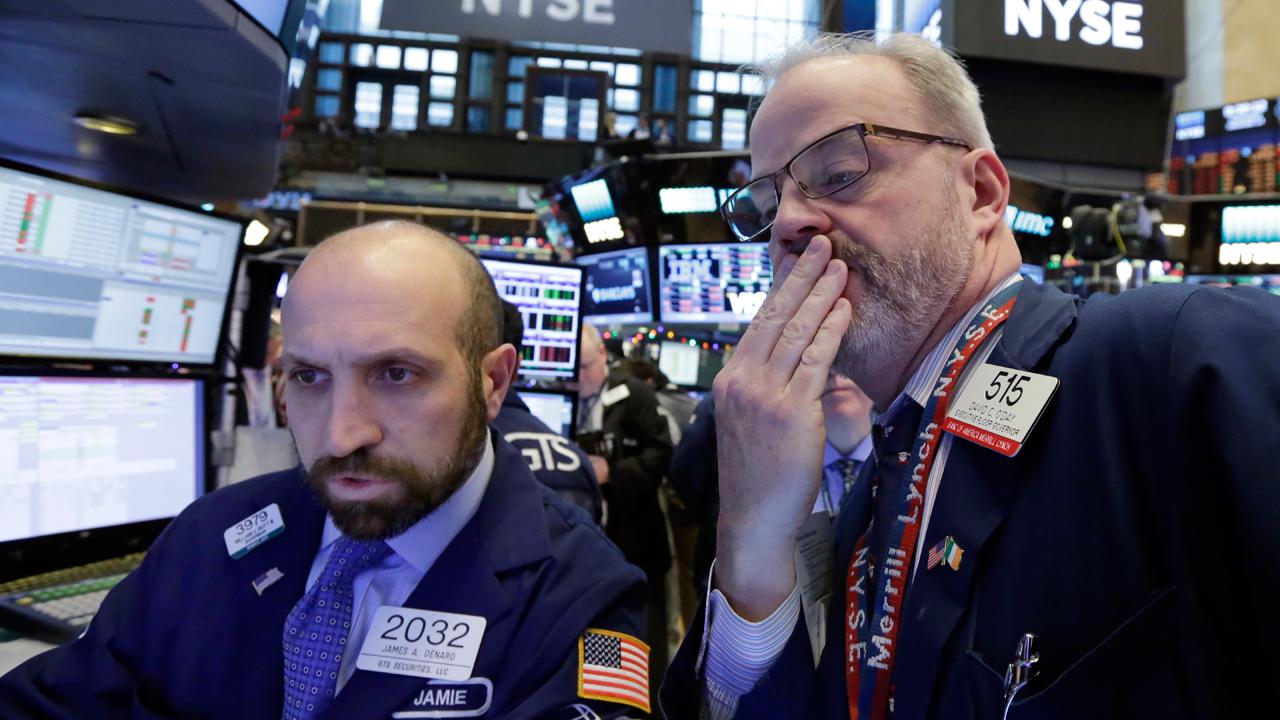The bull market may continue in 2018, here's why
The impetus of the market rally of 2017 surprised many with the major U.S. stock indexes continuing to set new records, garnering even more momentum towards the end of the year on tax reform progress.
Speaking at their annual press luncheon reviewing the year, Darrell Cronk, president of Wells Fargo Investment Institute, noted that the extent of the rally was a surprise.
Whenever a market rallies, it raises concerns about a “bubble” and a correction, but according to Wells Fargo, stock markets can keep moving higher, with the market’s strength “fundamentally based,” with companies experiencing solid earnings growth.
Wells Fargo forecasts continued growth in 2018, and they are targeting U.S. GDP growth of 2.6% in 2018, inflation of 2.4% and the S&P 500 to fall to the range of 2,650 –2,750, by year-end.
The current equity bull market (as measured by the S&P 500) will turn nine years old on March 9, 2018. While Wells Fargo called this an “ageing U.S. bull market that is maturing,” the group said it still has room to run. Wells Fargo expects S&P 500 Index revenue to increase at a 6.4% pace versus a 5.9% pace in 2017, and they expect growth to be spread more broadly across sectors while volatility may pick up.
Prices can keep moving higher, but Wells Fargo cautioned that overvaluation is eventually corrected.
Even though more stock market gains are forecast for 2018, there are still some market risks. Wells Fargo advised investors to watch if inflation were to rise materially, if the Fed were to raise rates more aggressively than expected, or if higher wage growth puts earnings expansion at risk. Wells Fargo also noted that it could see an adverse impact on corporate earnings or stock prices if Congress fails to pass a tax-reduction package or implement growth-friendly policies.
